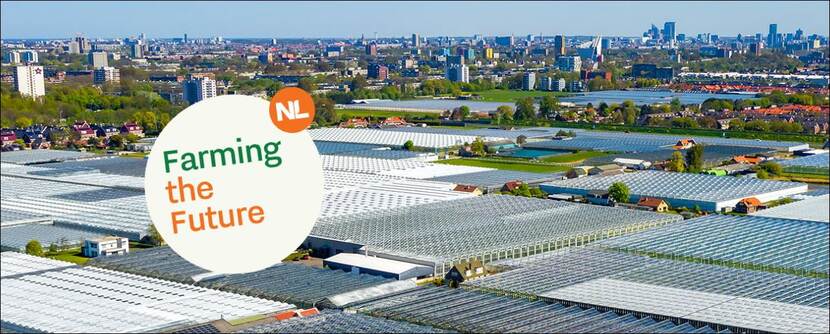Webinar series “A one stop solution to feed the world”
Through a series of three webinars, we would like to show how cocreation of future proof production of food and flower systems can be achieved in practice. This webinar series is primarily focused on national and international policy makers, licensing and subsidy providers who stimulate investments in agri-food and investors in horticulture. The next ones take place on June 15th and July 13th.
During the second webinar on June 15 2021, we will take you through the relevant developments in the global food and flower market and zoom in on the specific challenges in the North American market. Achieving the Sustainable Development Goals of the UN with the help of the horticultural ecosystem is not left unaddressed. Various cooperation models and business models for setting up food and flower clusters will be discussed. As icing on the cake, we hope to inspire you with a showcase project from North America AppHarvest and with Ceickor, an organisation in Mexico with a proven track record

Agenda & registration
Interested in this webinar series? Mark your calendar for the following dates:
• June 15 from 16:30 – 17:45hrs (UTC +2)
• July 13 from 14:00 – 15:15hrs (UTC +2)
Check the registration page for more information on content and speakers.
Did you miss the first webinar? Please watch part 1
Background
How can we feed 9 billion people by 2050 with safe, healthy and tasty food without further endangering the environment? How can we create livable cities where their inhabitants can live a healthy and happy life? To achieve that, we need to rethink the way we grow and produce our food. We need a sustainable food system that can boost production, the economy, and help us to restore nature and biodiversity. Food security can only be achieved through a strong partnership between governments, businesses, research institutions and citizens.
New sustainable horticultural ecosystems are needed to solve the world food problem and to create livable cities. The growth of mega-cities continues. Fortunately, valuable solutions have already been implemented in the world.